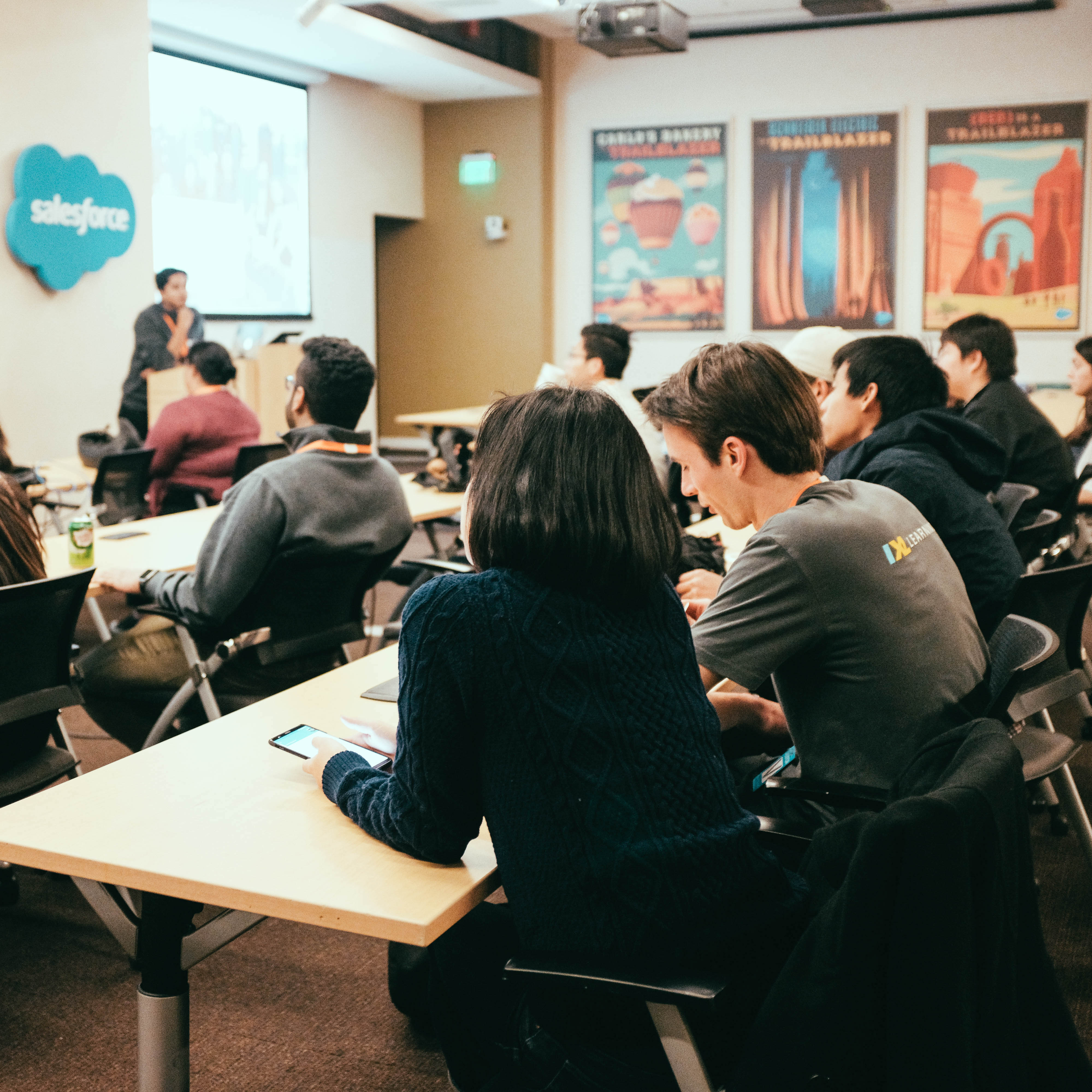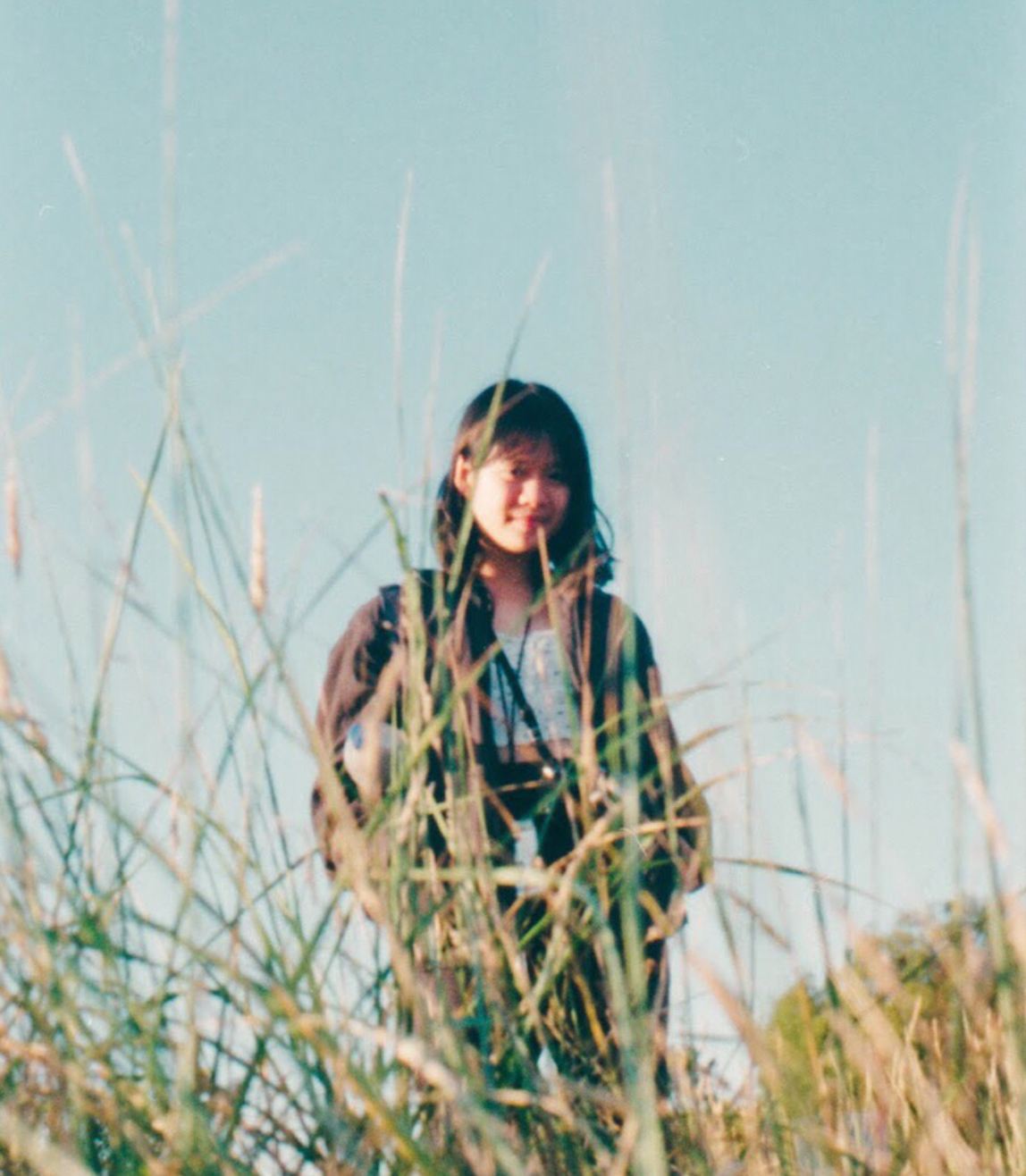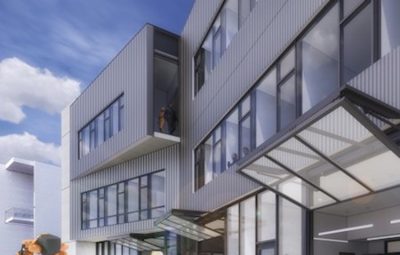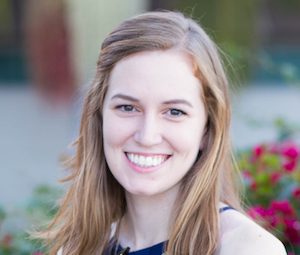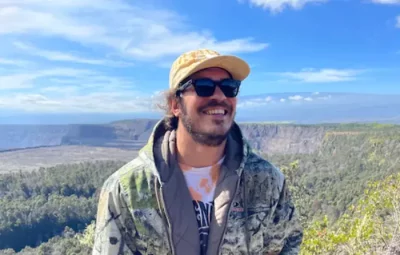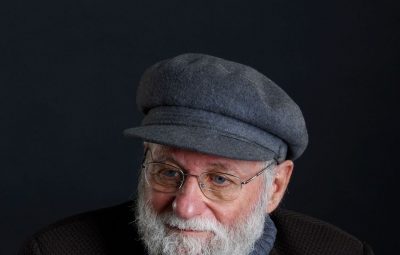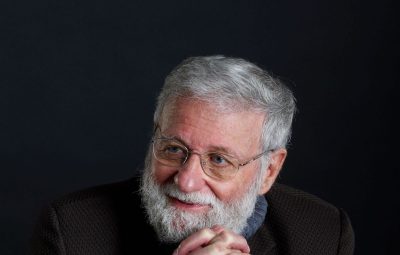This past summer, several members of the Design at UCSD leadership team landed incredible internships alongside leading innovators in industry. We’d like to highlight their experiences and share a glimpse of how they spent their summer developing new skills and excelling professionally.
Elmer Barrera
Product Design Intern, Facebook
I was a part of the Advertiser Support Products team at Facebook. We were uniquely positioned to build systems that enable support teams to effectively resolve issues that advertisers on Facebook encounter. Throughout the summer, I worked cross-functionally with engineers, researchers, content strategists and product managers to identify advertiser problems in the current support ecosystem. My project culminated with two prototypes designed to improve the support experience for small to medium sized businesses.
Key Takeaways:
- Don’t be afraid to speak up and ask questions. As an intern that is new to a product, you provide a fresh perspective for teams that have been working in the same problem space for years.
- Prototype whenever possible! Not only do they help facilitate conversations with peers, but they also enable designers to identify use cases they might have overlooked.
- Share early and share often. Internships are super valuable as a new designer because of the opportunity to get direct feedback from seasoned professionals. When you’re new, it can be difficult to confidently share work that may not be fully developed, but at the end of the day, design is a team sport. To design products that solve people problems, you need to be able to collaborate effectively within a team of diverse skill sets throughout the entire design process.
Nancy Bui
Brand Design Intern, MongoDB
I worked on the Brand Experience team at MongoDB. My biggest role was to analyze the current brand and iterate on it for future use. I worked cross-functionally across Marketing, Product, and Engineering. The biggest project I worked on this summer was analyzing the designer to developer workflow, pinpointing a pain point, and iterating and eventually proposing an approach to the problem.
Key Takeaways:
- Brands are always evolving. I wasn’t too familiar with brand design coming in, but I learned stating that a brand is complete is naive — as the company evolves, their brand evolve. Companies invest good money into building teams to build, iterate, and reflect on their brand.
- Don’t be afraid to start your own projects — the designer-to-developer workflow project was one that I proposed, after working with engineers and identifying a fault in the process. I brought the problem up to my manager and he was more than happy to let me schedule meetings to chat with those involved, and to provide me resources.
- Ask questions always — I always get confused when I hear instructions for the first time since often I feel that there are key points or bits of background that I’m missing. Asking questions always clarifies the picture and gets me on the right track.
- Bond with your team — you’re working with your team for eight hours (or more) everyday. Bonding and being with good terms with your team makes work something to look forward to!
Steven Chen
UX Design Intern, 3M
This past summer, I had to opportunity to experience the midwest, while interning at 3M on a design team composed of UX designers, industrial designers, and brand designers focused on designing products for an ecosystem of smart home, smart air IoT products.
I specifically worked on improving the mobile user experience of an application called Filtrete Smart. Filtrete Smart pairs with a variety of indoor air monitors, smart air filters, and outdoor air locations to help users understand the air in and around their homes better.
Key Takeaway:
- Keep in mind not only the user, but the business goals, and the brand as a whole during the design process. One of my coolest projects was internationalizing the application for the Chinese market. I had to keep in mind the different design trends and patterns in China. I made design decisions that not only affected the way people experienced the mobile application, but how people interacted with the product ecosystem as a whole.
Aman Gupta
Partner Engineering Intern, Slack
While at Slack, I got to work on their Partner Engineering Team supporting third party companies building on the Slack Platform. My internship spanned engineering, design, and business development and I was lucky enough to work on a very cross-functional team. I worked on prototyping best in class apps for untapped verticals in the Slack app ecosystem, provided technical and design reviews to applications being submitted to the app directory, and wrote and pitched a product brief for a new API feature. As an added extra, I represented my team at Frontiers, Slack’s annual conference, fielding questions from customers and users about our app ecosystem.
Key Takeaways:
- A design education is useful in all kinds of jobs! Even though I was not hired as a designer, my ability to design and create workflows and prototypes helped me stand out from my peers and pitch in where needed.
- Ask for work and projects that help you grow in areas you choose and allow you to explore career paths you might be interested in.
- Find yourself a mentor that is honest with you about your strengths and weaknesses.
- Don’t shy away from speaking up in meetings because you are an intern. If you have an idea, speak up and let yourself be heard!
Kaila Lee
Content Strategy Intern, Facebook
I worked specifically on Messenger Kids, an app designed for kids to chat with close friends and family in a safe and fun environment. I wrote interface content for a variety of features that promote healthy engagement and digital citizenship among users. I collaborated closely with product designers and other content strategists to build experiences from the ground up and ensured that the content I crafted resonated with our dual audience of parents and kids. I had an amazing opportunity to go on a market research trip to Chicago to understand parent sentiment around the content of a new feature I was working to develop. I also spearheaded the creation of content standards for the app through organizing a team-wide content sprint which united key partners from product design, research, marketing, product management and engineering to gain alignment on the product’s voice and tone, best practices for communicating with kids and relationship with other products in the Facebook ecosystem.
Key Takeaways:
- You’re there to learn! Don’t be afraid to pursue and immerse yourself in opportunities that excite you. Company hackathon? Lunch-n-learn for a different team? Go for it! You are truly in charge of shaping your own experience. Even if it’s not part of your job description, it’s valuable to branch out beyond your project and show your enthusiasm for wanting to expand your horizons.
- Grow your network. Meet people from outside of your immediate team! As a content strategy intern, I chatted with other content strategists from different teams to learn about more how their role differs based on the product they’re working on. I also was grateful to have had the opportunity to work closely with marketing, research and design and learn more about what their roles entail.
- Your voice matters. You offer a fresh perspective as an intern or new hire that can elevate the user experience. Although you’ve only been there for a short period, it’s important to contribute your opinions. It’s often helpful to do your homework on a project within the first couple of weeks to gain the background and context needed to support your suggestions. The best way to learn is through sharing your thoughts and being open to feedback.
Nathan Mansur
UX Design Intern, American Bankers Association
During my summer at ABA, I worked alongside with the web team. They were going through a redesign of their current website, working alongside a design agency, Sapient. I had the opportunity to be a part of this redesign. There was already some work that was done before I arrived, so they had interviews already from their needfinding stage. I helped wireframe and prototype based on those findings. We then went into another interview stage where we interviewed managers and workers at banks to see how they would navigate through our prototype. We found some issues and reworked some aspects of our prototype. Unfortunately, I could not be a part of the parts moving forward since my internship had ended, but I thoroughly enjoyed it.
Key Takeaways:
- Design in the workplace versus when at school can take much longer than anticipated. For example, their needfinding phase took place over a couple of months. There are so many moving parts and departments that need to be connected and on the same page.
- Having lunch with people around the company can tell you a lot about the culture and it’s honestly a fun time getting to know how everyone ended up at where they are.
- Design is everywhere. Try applying to non-traditional companies and see what happens!
Emily Nguyen
Visual Experience Design Intern, Salesforce
My team worked on internal technology that helps streamline workplace operations. I conducted usability testing, assisted in a UI redesign, and created visual collateral for an upcoming tool that aims to centralize learning at Salesforce.
Key Takeaway:
- Actively seek out opportunities and make the most of your internship! My main task was to conduct usability testing, but through networking and coffee chats I met designers outside of my team that invited me to do additional work. Because of this, I was able to make deeper contributions, meet more mentors, and explore interests outside of what I was hired for.
Chaitanya Prashant
UX Design Intern, PagerDuty
Working at PagerDuty as a UX Design intern, I worked on an embedded product team known as enterprise and advanced permissions, where the cross functional team is responsible for designing and developing the product’s incident management features. My internship spanned mostly interaction design and user research. My main intern project was redesigning the feature for creating and managing incident response teams, alongside two engineers and a product manager. I was involved with early problem scoping, setting the feature’s requirements according to user needs, and prototyped various interactions so that we met these needs. My computer science background helped me immensely for my project, as I was able to communicate with engineers throughout the span of the project, being able to go into technical implementation details and even prototyping in code to get stakeholder buy in. Other than that, I constantly touched base with the design team for weekly critique and retrospectives, getting constant feedback on my work.
Key Takeaways:
- Ask for feedback early and often, as this will prevent you from going down the wrong path and spending time on the wrong things.
- Find a mentor who is candid about your skillset, and identify areas of growth with them, which is key to becoming a better, more well rounded designer
- Speak up, because as a designer, you are an advocate of the user, and your ability to communicate is crucial to getting stakeholder buy in.
Joshua Tjong
Human Factors Engineering Intern, Sony Electronics
The UX Research group at Sony handles UX research for all of Sony’s products. My main day to day includes: expert reviews, competitive analysis, data collection, recruiting participants, usability studies.
Key Takeaways:
- The experience you get working in a corporate setting is really valuable, you can get a lot of experience taking classes, learning on your own about design/research, working on your own projects, but until you work in that professional setting, you won’t know for sure if this is something you will want to do or not. For example, in class we all learn that we should not ask leading questions and we should always be aware of biases, but in a real usability study, that’s easier said than done when you’re not sure if your participant is going to late, the prototype might break, or if the participant just isn’t willing to share his or her opinion. The same thing goes for the industry, you may think that you like one industry (education, finance, enterprise software, etc.), but without actually going in and doing it day to day… there’s a certain je ne sais quoi about each different industry. As students you should really capitalize opportunities to try out different roles and industries. Take advantage of training during internship. Many companies hold short training session throughout the internship… learn all you can, ask lots of questions. This is such a great opportunity to learn from people who are some of the best at what they do! Finally, be humble and learn to love feedback, embracing feedback is the only way you grow in the field and in life.
